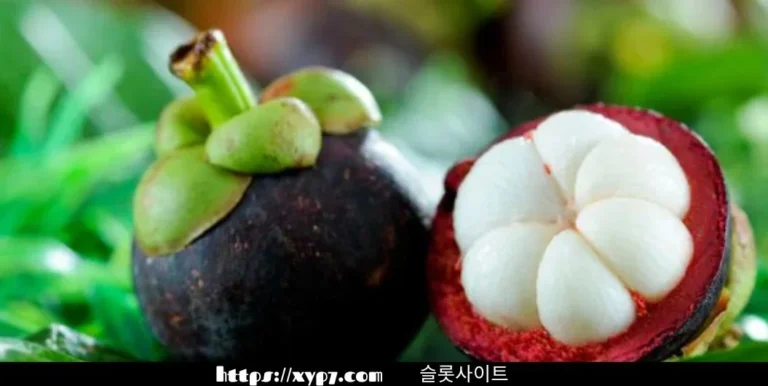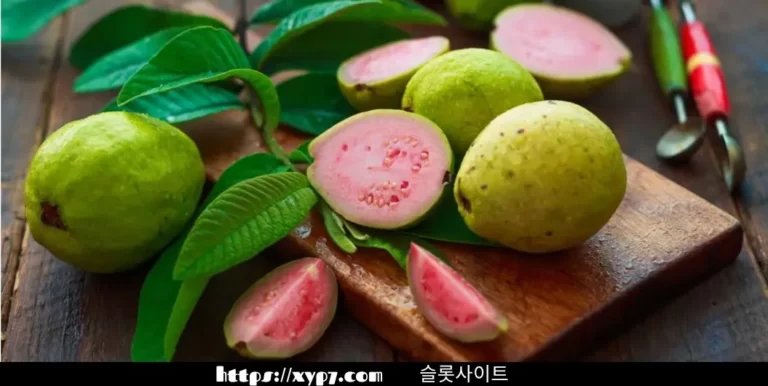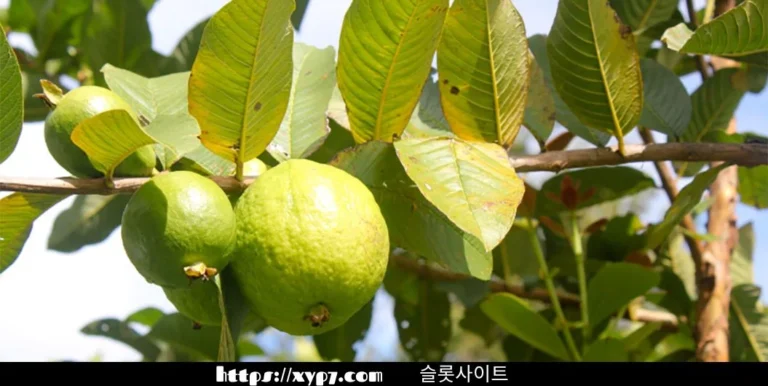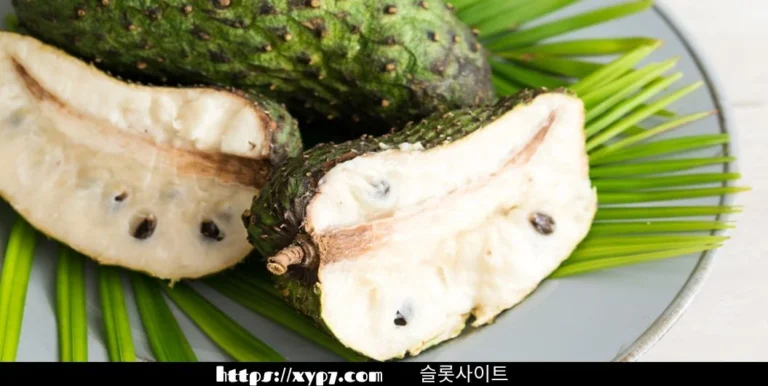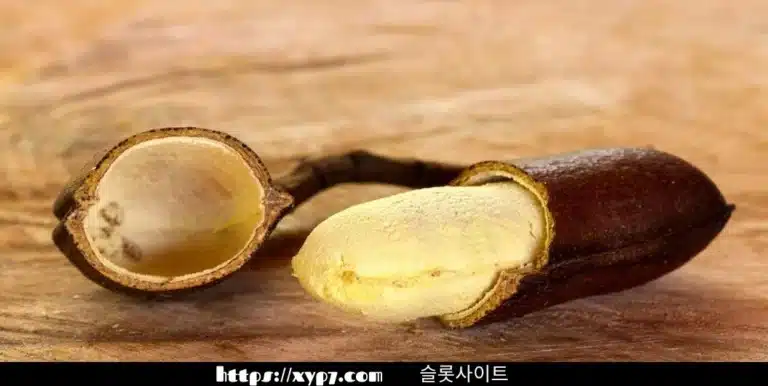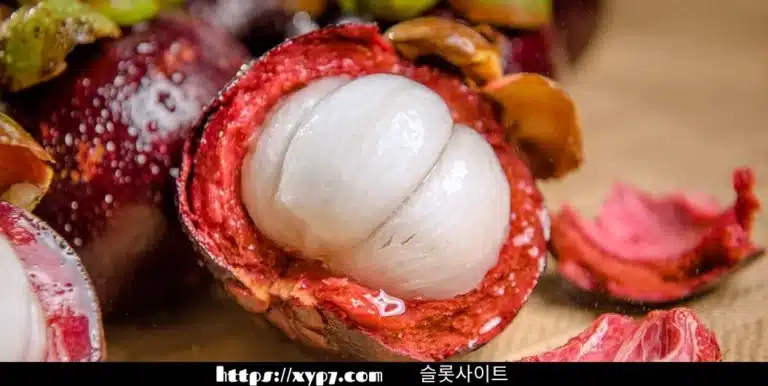The Top 10 Poisonous Fruits
Exploring the luscious world of fruits is a delightful journey for most, but amid the colorful array lies a hidden danger – poisonous fruits. While nature offers us an abundance of nourishment, it also conceals certain fruits that can be toxic if consumed. In this article, we delve into the realm of caution, unveiling the top 10 poisonous fruits that demand your 카지노사이트 attention.
Unveiling Nature’s Deception: The Top 10 Poisonous Fruits You Should Avoid
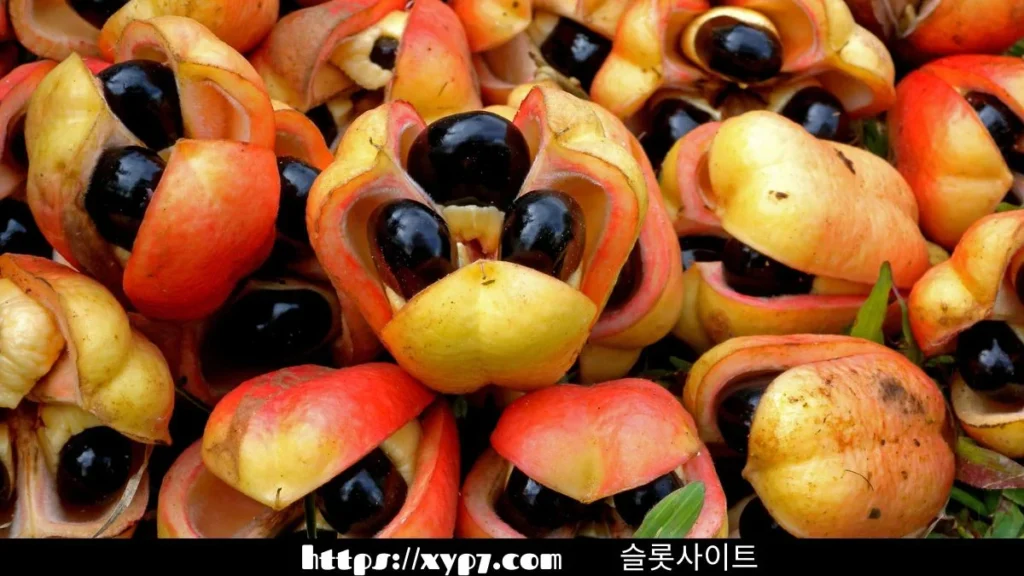
Ackee – The Deceptive Delicacy
Ackee, native to West Africa but widely cultivated in the Caribbean, is infamous for its toxic seeds and arils. Consuming unripe ackee or improperly prepared ones can lead to “Jamaican Vomiting Sickness,” characterized by severe vomiting, convulsions, and even death.
Manchineel – The Deadly Apple
Known as the “Tree of Death,” the Manchineel bears fruit resembling small apples. However, its milky sap and fruits are highly toxic. Even standing beneath its branches during rain can cause severe burns. Ingesting its fruit can lead to gastrointestinal issues and respiratory distress.
English Yew – A Bewitching Beauty
The English Yew, with its vibrant red berries, is a sight to behold. However, every part of this tree, including its berries, contains toxic alkaloids. Ingestion can cause nausea, vomiting, dizziness, and, in severe cases, cardiac arrest.
Deadly Nightshade – The Sinister Berry
Deadly nightshade, also known as belladonna, produces glossy black berries that are enticing yet perilous. Its high content of tropane alkaloids can induce hallucinations, seizures, and respiratory failure. Ingestion of even a few berries can be fatal, especially to children.
Oleander – Beauty with a Dark Side
Oleander, prized for its ornamental beauty, conceals a deadly secret within its fragrant blossoms and slender fruits. All parts of the plant contain cardiac glycosides, causing symptoms like nausea, vomiting, arrhythmia, and potentially fatal heart 온라인카지노 issues.
Rosary Pea – The Deadly Bead
The vibrant red seeds of the rosary pea may resemble decorative beads, but they harbor a potent toxin called abrin. Even a small amount can lead to organ failure and death. Accidental ingestion or puncture of the seeds can have dire consequences.
Elderberry – A Cautionary Tale
Elderberry, popular for its use in jams and syrups, contains cyanogenic glycosides in its seeds and unripe berries. While ripe berries are typically safe for consumption, ingesting unripe ones or seeds can lead to cyanide poisoning, causing dizziness, nausea, and even death.
White Baneberry – The Doll’s Eye
White baneberry, also known as “doll’s eye” due to its eerie appearance, bears white berries with a distinctive black dot resembling an eye. Consumption can result in severe gastrointestinal distress, cardiac issues, and, in extreme cases, death.
Cherry Laurel – A Bitter Taste
Cherry laurel, often used for its ornamental value, produces small, cherry-like fruits containing cyanogenic glycosides. Ingesting these fruits can lead to cyanide poisoning, manifesting as dizziness, headache, and respiratory distress.
Horse Chestnut – A Poisonous Prank
Horse chestnut trees produce spiny capsules containing shiny brown seeds resembling chestnuts. However, these seeds are toxic due to their high content of aesculin. Ingestion can lead to nausea, vomiting, abdominal pain, and in severe cases, liver 바카라사이트 damage.
Conclusion
While fruits symbolize nature’s bounty and health, it’s crucial to exercise caution and knowledge when exploring unfamiliar varieties. The allure of these fruits may be tempting, but their hidden dangers can have severe consequences. By understanding the risks associated with these top 10 poisonous fruits, we can navigate the natural world more safely and appreciate its wonders responsibly.


